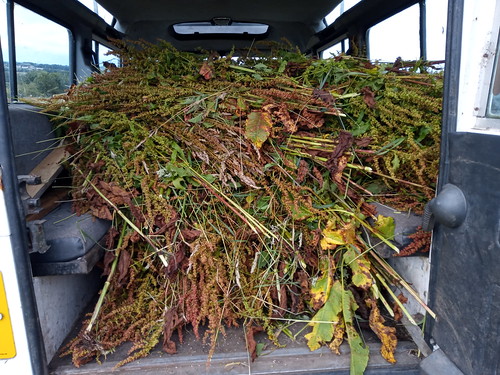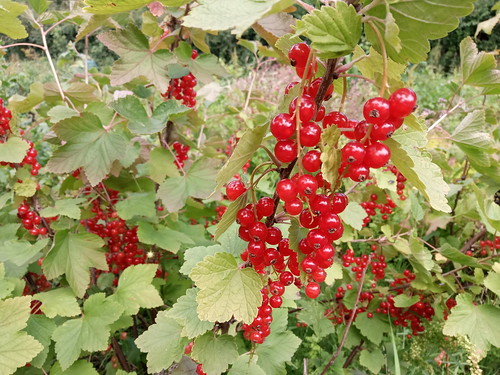The Australian bushfires at the end of 2019 served as the
latest stark reminder that climate change is happening — and happening fast.
Earth is now the warmest it has been in more than
120,000
years, with 19 of the 20
warmest years
on record all occurring since 2001. Calls for action on climate
change had fallen on deaf ears for almost 20 years, but now it looks like may
be reaching a turning point thanks to the fact the UK legislated for Net Zero
in 2019 and the Paris Agreement has been set worldwide. So, can we still save
our planet?
In the UK, the court of appeals has ruled plans for a third
runway at Heathrow Airport as illegal, in the wake of the British Government’s
target in law for a net zero emissions by 2050.
Such is the escalating nature of climate change that many
scientists have started to practice what they preach and are implementing their
lessons at home. So, which of these measures can we learn from to reduce our
carbon footprint?
Ditch the plane
Air traffic is one of the highest contributors to carbon in
our atmosphere, a one hour 20 minutes return flight emits 0.24 tonnes of
carbon. Experts have said travellers should restrict themselves to just one
short
haul flight every two to three years.
The alternative for many would be to consider a
car-ferry-car journey or taking the Eurostar to the continent. The argument for
travelling by plane collapses when the same trip by car and boat would produce
0.08 tonnes of carbon — less than a third of the emissions produced by a plane
for the same journey.
|
Newcastle to
Belfast Round Trip: Car-Ferry-Car vs Plane
|
|
Mode of Transport
|
Distance
|
Time
|
Emissions per km/hr
|
Total
|
|
Car-Ferry-Car
|
734 km
|
13 hours
|
120g per km
|
88,080g (0.08 tonnes)
|
|
Plane
|
584 km
|
1hr 20 mins
|
90g per hour
|
240,000g (0.24 tonnes)
|
With the stats stacking up, some experts are taking a stand.
Professor
Dave Reay from the University of Edinburgh is setting the best
example for his children. He gave up flying in 2004 and has opted for the
staycation, taking his family on trips around the British Isles instead of jet
setting to the other side of the world.
They even took the ferry to Amsterdam, proving that a lack
of flying doesn’t have to prevent you exploring other cultures.
Go plastic free
One of the biggest concerns around climate change come from
the plastics being dumped into our oceans. Almost
eight
million tonnes of plastic enter the ocean every year, which
consequently destroys the environment, as well as the animal and plant life to
which they play home.
More than 250 million people have engaged with Plastic Free
July since 2011 to help clean up the streets and oceans, and there is plenty
you can do at home too. Carbon specialist Siobhán Pereira chose to go plastic-free
in her bathroom and is
encouraging
others to do the same. Switch your plastic toothbrush for a bamboo or
biodegradable alternative for starters, as well as choosing an eco-friendly
soap.
Advising people of her lifestyle change, Pereira wrote:
“We’ve got so used to going into the supermarket, putting something into our
baskets and coming home, but we haven’t considered what happens at the end of
its life.” Supermarkets are working to reduce plastics in the fruit and veg
aisle but with higher costs associated with eco choices, are we being priced
out of saving the earth?
Take yourself off the grid
In a world where material possessions dominate social media
channels, we often moan about intrusions into our life and crave an opportunity
to put everything on hold. With everything available at the touch of a button,
from switching your heating on at home before you have left the office for the
day, to ordering clothes through your smart phone, technology is making everything
more convenient for consumers.
Switch your oil heating for the more environmentally
friendly liquefied petroleum gas (LPG).
LPG
produces less carbon emissions and can be used for heating your
home, cooking, and heating hot water. LPG’s carbon footprint, for example is
30-40 per cent lower than coal. Therefore, choose an
off grid gas supply and you will strip
back the factors that contribute to a rising carbon footprint to have a telling
impact on the planet.
If you really want to, you can make change happen. Take a
leaf out of
Dr
Alison Green’s book. The national director at Scientists Warning has
opted to put her house on the market to downsize her carbon footprint. She
plans to grow her own food and make a commitment to running an eco-friendly
house.
The options are out there, but affordability and human
convenience mean we have been slow to react to climate change. After years of
warnings and a lack of reaction, scientists are really pushing the boat out to
demonstrate the changes we need to make to save our planet. Governments are
finally starting to wake up to climate change, but until the everyday person is
sold on the idea that life will be better for them, it seems we may be having
the same conversations in 10 to 15 years’ time.
Sources


















